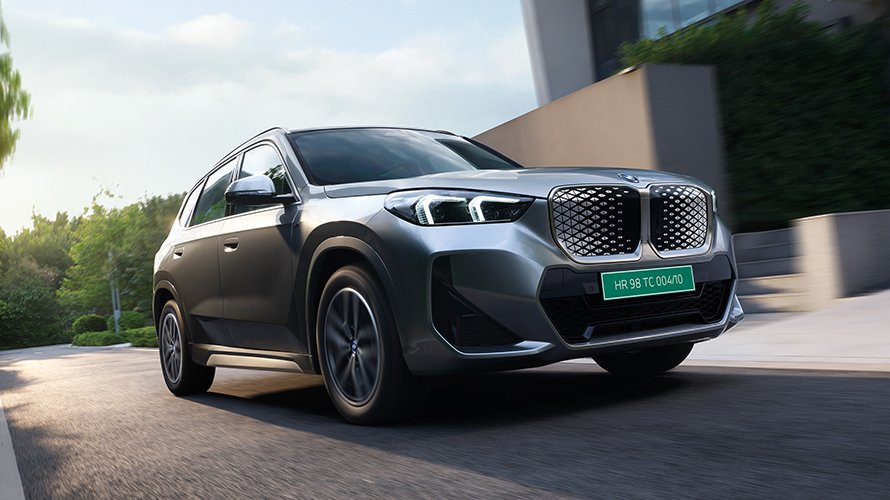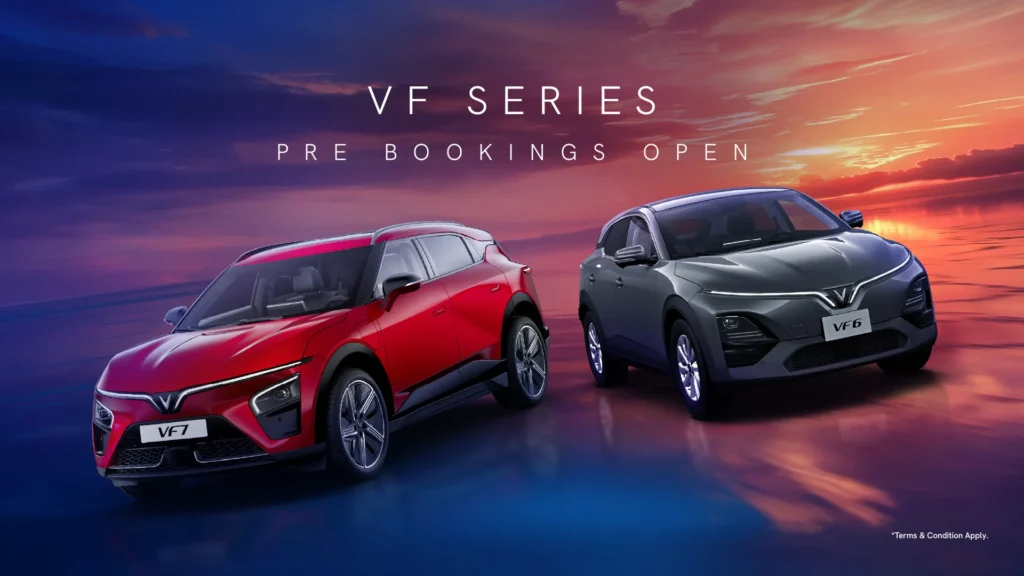At the 2025 Munich Motor Show (IAA Mobility), Mercedes-AMG CEO Michael Schiebe dropped a tantalizing hint about the future of the brand’s iconic two-door GT sportscar: an electric version is under serious consideration. Speaking at the event, Schiebe confirmed that the company is actively assessing the feasibility of an all-electric AMG GT, stating, “The question is whether there’s a market big enough to justify the necessary investment. At least from a technology point of view, we know how to do that.” This move signals Mercedes-AMG’s ambition to blend its high-performance legacy with the electrified future, potentially redefining the luxury sportscar segment. But with challenges like market demand and cost looming, will an electric AMG GT hit the roads, and could it make its way to performance-hungry markets like India?
The Electric AMG GT: A Technical Triumph in Waiting
The Mercedes-AMG GT, a sleek two-door coupe known for its aggressive styling and blistering performance (the current 4.0L V8 delivers up to 630hp in the GT63), is a cornerstone of the brand’s high-performance lineup. Transitioning it to an all-electric powertrain is no small feat, but Schiebe’s confidence underscores AMG’s technological readiness. The company’s in-house AMG.EA platform, designed specifically for performance EVs, provides a robust foundation. This architecture, distinct from the MB.EA platform used for mainstream models like the electric C-Class, supports advanced electric motors, high-capacity batteries, and cutting-edge thermal management for sustained high-performance driving.
AMG’s electric credentials are already evident in models like the EQE 53 AMG SUV, which delivers 617hp and 950Nm via dual motors and a 90.6kWh battery. An electric GT could push these boundaries further, potentially leveraging a 100-120kWh battery for a range of 500-600km (WLTP) and power outputs exceeding 800hp in top trims, rivaling the likes of the Porsche Taycan Turbo GT (1,019hp) and Rimac C_Two. With 800V architecture, fast charging at 350kW could enable a 10-80% charge in under 20 minutes, critical for a track-ready EV.
Schiebe emphasized that AMG’s expertise in electric powertrains—honed through Formula 1 hybrid tech and models like the Vision AMG concept—means the technical hurdles are surmountable. The Vision AMG, a four-door EV prototype showcased in 2022, hinted at the GT’s potential electric design: a low-slung silhouette, aggressive aerodynamics, and a focus on driver engagement. Features like torque-vectoring AWD, adaptive air suspension, and synthetic engine sounds could preserve the GT’s visceral appeal while embracing zero-emission performance.
Market Viability: Is There Enough Demand?
he bigger question, as Schiebe noted, is whether the market justifies the investment. Developing a bespoke electric GT could cost hundreds of millions, requiring a sizable customer base to break even. The global high-performance EV market is growing—projected to reach $150 billion by 2030—but it’s crowded with heavyweights like the Tesla Model S Plaid, Porsche Taycan, and upcoming BMW M4 EV. In Europe, AMG’s core market, EV adoption is strong (25% of new car sales in 2025), but buyers in the luxury sportscar segment often prioritize emotional engagement over efficiency.In the U.S., where the AMG GT enjoys a loyal following, EV infrastructure is expanding, but range anxiety and brand heritage could temper demand for an electric variant. China, a key growth market for Mercedes, shows promise—luxury EV sales surged 40% in 2024—but competition from local brands like NIO and Xpeng is fierce. Schiebe’s team is likely conducting market studies to gauge appetite, particularly among younger, affluent buyers drawn to sustainable performance.
India’s Potential: A Niche but Growing Opportunity
In India, the Mercedes-AMG GT is a niche player, with the current lineup (GT43 to GT63) priced between ₹2.5-3.3 crore. Mercedes-Benz India sold over 17,400 units in 2024, with AMG models contributing significantly to its luxury cachet. An electric GT could appeal to India’s ultra-wealthy urbanites, especially in cities like Mumbai, Delhi, and Bengaluru, where EV adoption among premium buyers is rising—EQS sedan and SUV sales grew 20% in 2025.
However, challenges abound. India’s EV market, while growing (5% of total sales in 2025), is dominated by affordable models like the Tata Nexon EV. A fully imported electric GT, subject to 100% CBU duties, could exceed ₹4 crore, limiting its appeal to a tiny elite. Local assembly at Mercedes’ Chakan plant could reduce costs to ₹2.5-3 crore, but even then, it would compete with ICE AMGs and rivals like the Porsche 911 Turbo S. Charging infrastructure, though improving (10,000 public chargers by mid-2025), remains a bottleneck for high-performance EVs requiring fast DC stations.
Social media buzz on X reflects cautious excitement. Posts from September 2025 highlight Indian enthusiasts praising AMG’s EV potential but questioning affordability and infrastructure readiness. For India, the electric GT would need unique positioning—perhaps as a halo model with exclusive AMG styling and track-ready dynamics.
Challenges and Opportunities
Beyond market size, hurdles include:
- Cost vs. Emotion: EVs reduce maintenance costs, but replicating the V8’s visceral thrill is tough. AMG’s sound engineering and haptic feedback could bridge this gap.
- Battery Weight: High-performance EVs require heavy batteries, potentially compromising the GT’s agility. Advanced silicon-anode cells could improve energy density.
- Regulation: Stricter EU emissions laws by 2030 favor EVs, but India’s FAME-III subsidies (capped at ₹10,000/kWh) offer limited relief for ultra-luxury models.
Opportunities lie in AMG’s brand strength and innovation. A 2027-2028 launch could align with Mercedes’ goal of a fully electric portfolio by 2030. Partnerships with tech firms like Luminar (for lidar) or NVIDIA (for AI-driven ADAS) could enhance Level 3+ autonomy, a potential draw for buyers.Conclusion: A High-Stakes Bet on Electric Performance
Mercedes-AMG’s exploration of an electric GT sportscar is a bold step toward electrifying its performance heritage. With the technology in place, the decision hinges on market demand—a challenge Schiebe and his team are tackling head-on. For India, the electric GT could be a statement of intent, appealing to a niche but growing segment of EV enthusiasts, provided pricing and infrastructure align. As AMG navigates this transition, the world awaits a sportscar that could redefine what electric performance means—potentially as soon as 2028. For now, the roar of the future is electric, and AMG is ready to lead the charge.



